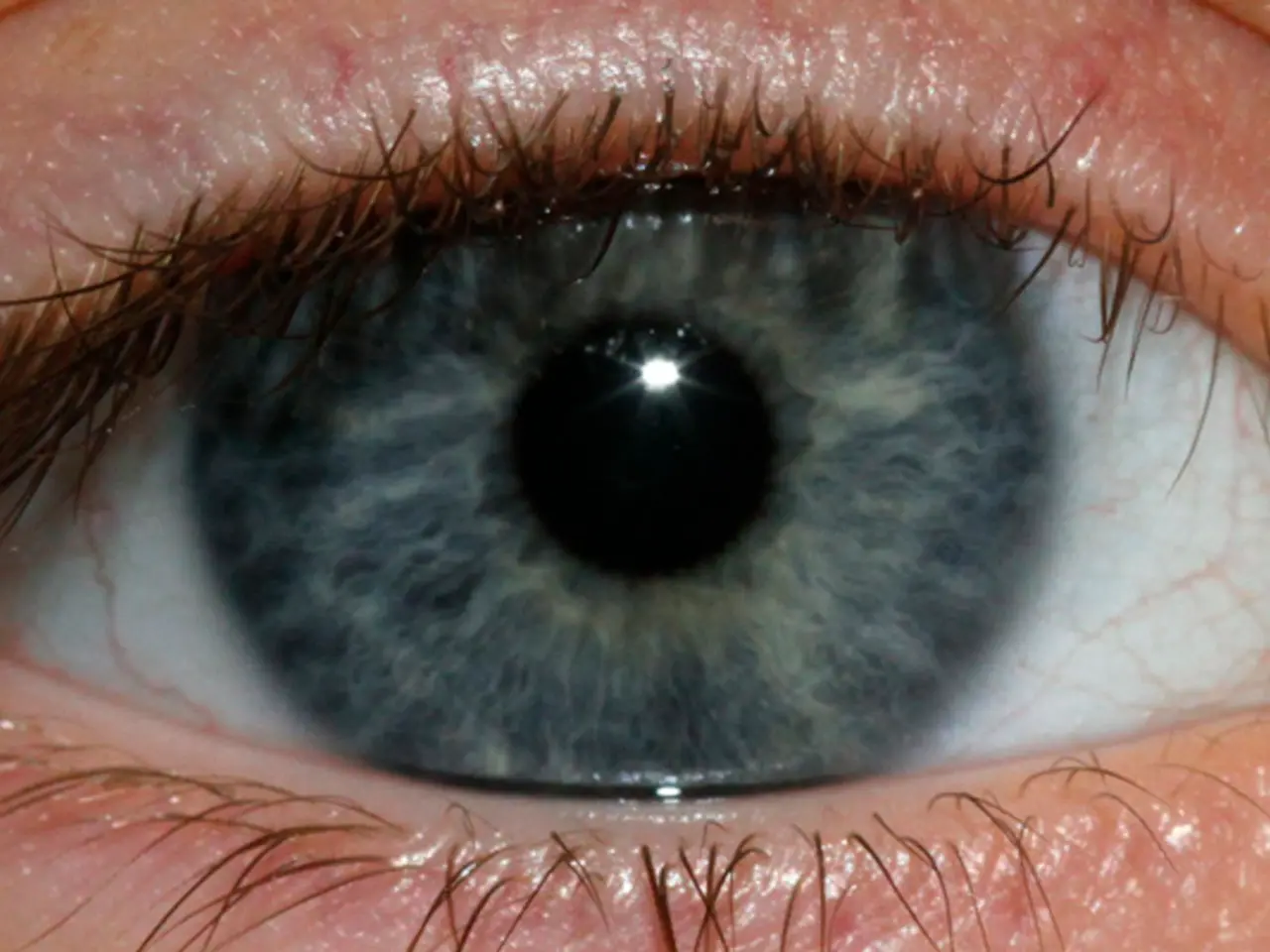Oculomotor Nerve Palsy: Causes, Symptoms, and Treatment
The oculomotor nerve, the third cranial nerve, plays a crucial role in eye and eyelid movements. Its disruption, known as oculomotor nerve palsy, can stem from various causes, including multiple sclerosis, trauma, and specific brain conditions like aneurysms. This nerve has two components, each serving distinct functions in eye control and accommodation.
The oculomotor nerve, also known as the third cranial nerve, is responsible for the majority of eye and eyelid movements. It has two key components: the somatic motor and the visceral motor. The somatic motor component supplies motor fibers to four extraocular muscles and the levator palpebrae superioris, enabling visual tracking and fixation. Meanwhile, the visceral motor component controls parasympathetic innervation of the ciliary muscles and constrictor papillae, aiding in accommodation and pupillary light reflexes.
Oculomotor nerve palsy can occur due to multiple causes. These include multiple sclerosis, trauma, space-occupying lesions, microvascular disease, or spontaneous subarachnoid hemorrhage. Notably, brain aneurysms, a type of subarachnoid hemorrhage, can also cause oculomotor nerve palsy. These aneurysms, typically located at the junction of the posterior communicating artery and the internal carotid artery, can compress or damage the nerve, leading to palsy.
The oculomotor nerve's complex role in eye and eyelid movement underscores the significance of its proper functioning. Disruptions, though treatable, can lead to vision impairment and other symptoms. Understanding the causes and components of this nerve's function is vital for accurate diagnosis and effective treatment.





